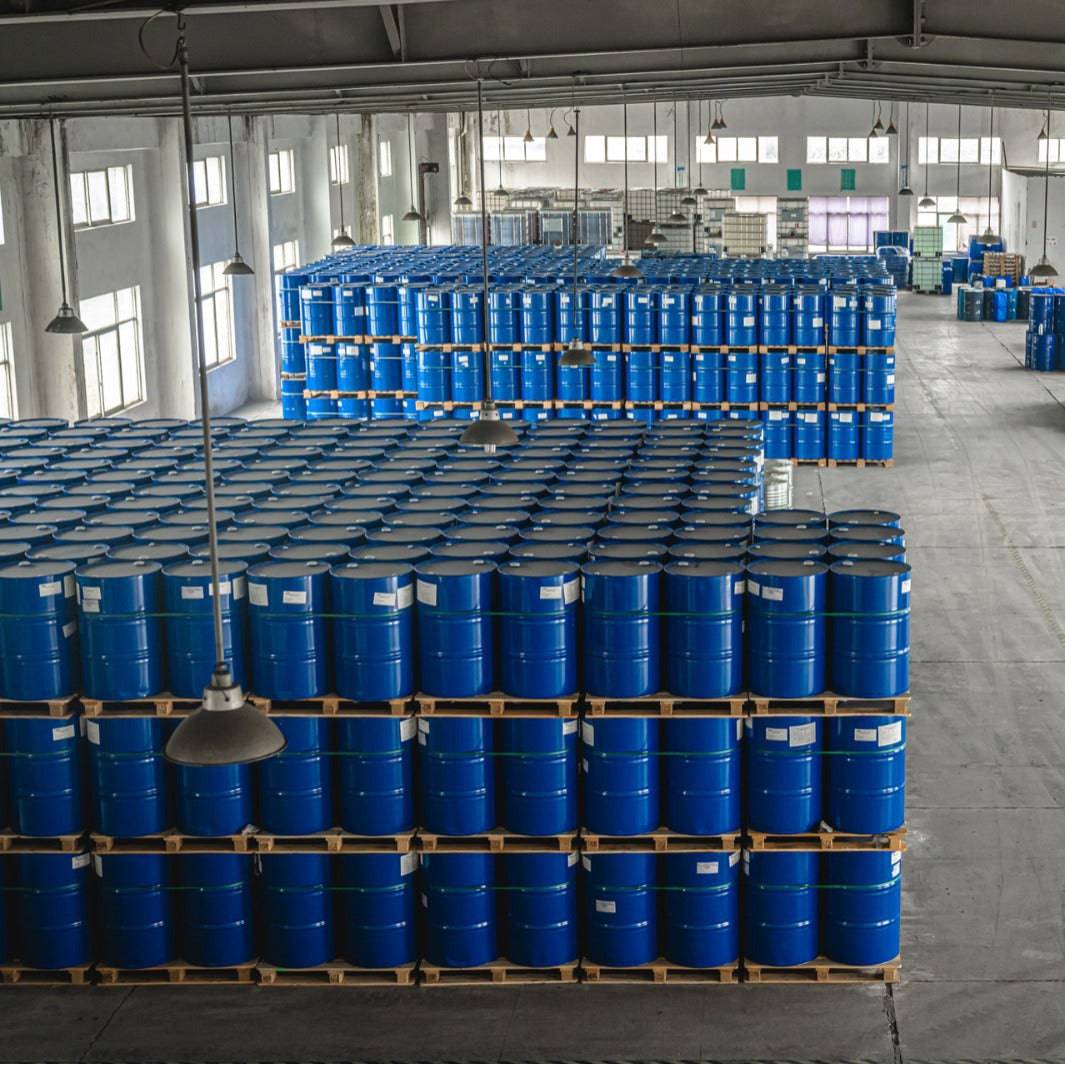The Only Guide for Chemie
The Only Guide for Chemie
Blog Article
6 Easy Facts About Chemie Described
Table of ContentsLittle Known Facts About Chemie.3 Simple Techniques For ChemieSome Known Incorrect Statements About Chemie The Best Guide To ChemieThe Definitive Guide to ChemieThe Basic Principles Of Chemie
By Bojanna Shantheyanda, Sreya Dutta, Kevin Coscia and David SchiemerDynalene, Inc. Fluid air conditioning, which can be attained making use of indirect or straight ways, is used in electronic devices applications having thermal power thickness that might surpass secure dissipation via air cooling. Indirect fluid cooling is where heat dissipating digital elements are literally separated from the liquid coolant, whereas in situation of straight cooling, the elements are in direct call with the coolant.However, in indirect air conditioning applications the electrical conductivity can be essential if there are leaks and/or spillage of the fluids onto the electronics. In the indirect cooling applications where water based liquids with rust inhibitors are typically made use of, the electric conductivity of the fluid coolant mainly relies on the ion concentration in the liquid stream.
The rise in the ion focus in a closed loophole fluid stream might take place due to ion leaching from metals and nonmetal parts that the coolant liquid touches with. Throughout operation, the electrical conductivity of the liquid might raise to a level which could be damaging for the cooling system.
Not known Incorrect Statements About Chemie
(https://chemie.godaddysites.com/f/revolutionizing-cooling-and-heating-solutions-with-chemie)They are grain like polymers that can exchanging ions with ions in a service that it is in contact with. In the present work, ion leaching tests were done with numerous metals and polymers in both ultrapure deionized (DI) water, i.e. water which is dealt with to the highest degree of pureness, and reduced electrical conductive ethylene glycol/water blend, with the gauged change in conductivity reported over time.
The examples were enabled to equilibrate at area temperature level for 2 days before recording the preliminary electric conductivity. In all tests reported in this study liquid electric conductivity was measured to an accuracy of 1% using an Oakton disadvantage 510/CON 6 series meter which was adjusted prior to each dimension.
Chemie for Beginners
from the wall heating coils to the facility of the heater. The PTFE example containers were positioned in the furnace when constant state temperatures were reached. The test setup was gotten rid of from the heating system every 168 hours (7 days), cooled to area temperature with the electrical conductivity of the fluid measured.
The electrical conductivity of the fluid sample was checked for a total amount of 5000 hours (208 days). Schematic of the indirect closed loophole cooling down experiment set up. Components made use of in the indirect shut loop cooling down experiment that are in contact with the fluid coolant.

The smart Trick of Chemie That Nobody is Discussing
During operation the liquid reservoir temperature was kept at 34C. The modification in liquid electric conductivity was kept track of for 136 hours. The fluid from the system was gathered and stored. Shut loop examination with ion exchange resin was carried out with the exact same cleaning procedures employed. The initial electric conductivity of the 230ml UP-H2O in the system gauged 1.84 S/cm.

0.1 g of Dowex material was contributed to 100g of fluid samples that was taken in a separate container. The combination was stirred and change in the electrical conductivity at space temperature was determined every hour. The gauged modification in the electric conductivity of the UP-H2O and EG-LC examination fluids having polymer or steel when engaged for 5,000 hours at 80C is revealed Figure 3.
A Biased View of Chemie
Figure 3. Ion leaching experiment: Measured modification in electric conductivity of water and EG-LC coolants including either polymer or metal samples when immersed for 5,000 hours at 80C. The outcomes suggest that steels added less ions right into the liquids than plastics in both UP-H2O and EG-LC based coolants. This might be as a result of a thin steel oxide layer which might act as a barrier to ion leaching and cationic diffusion.
Fluids including polypropylene and HDPE displayed the most affordable electric conductivity adjustments. This might be because of the brief, rigid, direct chains which are much less most likely to add ions than longer branched chains with weaker intermolecular pressures. Silicone also carried out well in both examination fluids, as polysiloxanes are normally chemically inert as a result of the high bond power of the silicon-oxygen bond which would stop destruction of the material into the liquid.
6 Simple Techniques For Chemie
It would be expected that PVC would generate similar results to those of PTFE and HDPE based on the comparable chemical frameworks of the materials, nevertheless there may be other contaminations existing in the PVC, such as plasticizers, that may affect the electric conductivity of the fluid - silicone synthetic oil. In addition, chloride groups in PVC can additionally seep into the test liquid and can trigger a rise in electrical conductivity
Polyurethane completely broke down into the examination liquid by the end of 5000 hour test. Before and after images of steel and polymer samples immersed for 5,000 hours at 80C in the ion leaching experiment.
Measured change in the electric conductivity of UP-H2O coolant as a function of time with and without resin cartridge in the closed indirect air conditioning loop experiment. The gauged modification in electric conductivity of the UP-H2O for 136 hours with and without ion exchange material in the loophole is received Figure 5.
Report this page